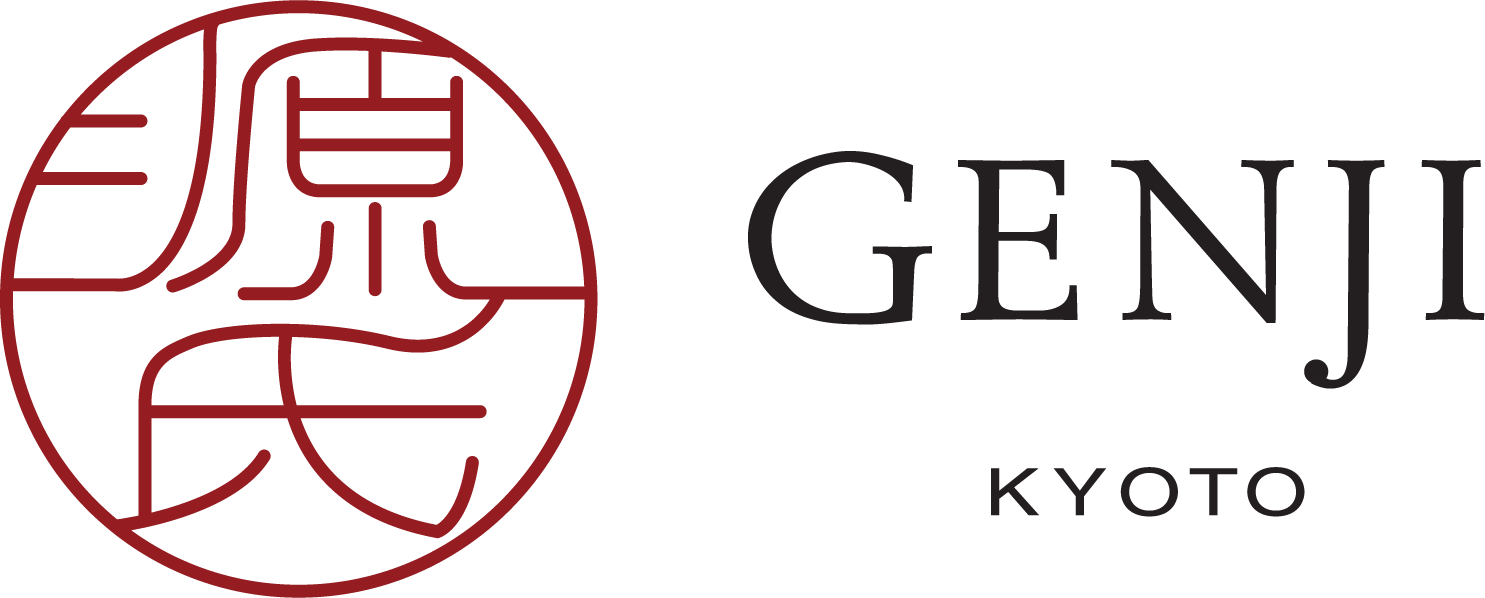Kyoto Calendar - Summer
June
It is said that Kyoto has very distinct seasons. But it is tricky when it comes to the transition between spring and summer. June, the first month of summer, is the rainy season. It lasts the whole month and considerably tamps down the temperature, so that intense heat and humidity only hit Kyoto in July and August. As early as May, one can already hear the songs of Japanese thrushes and see hydrangeas here and there, followed by lotuses where there are ponds and gardens.
With soft rain falling on gardens, moss happily becomes a fluffy carpet, and the bright hydrangea next to it creates a contrast even on cloudy days. It is the best time to see the Japanese garden. Polished by rain, the stones glisten and reflect, and seem to take on the colors that the gardeners originally intended them to have.
To find respite from the heat, Kyoto people started making decks for alfresco riverside dining hundreds of years ago. This has remained popular to this day, and the Kamo River is lined with "Kawadoko" restaurants serving all types of food. For a cooler and more exotic experience, head north to Kifune Shrine in the mountains and enjoy deck dining right on the river amidst sounds of flowing water. On June 1 there is the Kifune Festival with dance performances but Kifune with its stone stairs, old trees and red lanterns is a magnificent sight year round.
July
In July comes Kyoto's biggest festival the Gion Matsuri, which started as a ritual in the 9th century to stave off plagues and evil spirits. It is a month-long affair that has become a World Heritage Event, with purification rituals, street parties and parades of floats put together by thousands of volunteers.
The parades, cancelled the last 2 years due to Covid, are thankfully returning this year. Organisers fear the traditional rope skills needed to assemble and manoeuver the giant float structures will be lost if the festival was called off again this year. Said one in an Asahi Shimbun report: "It's important to inherit the festival to pass it down to future generations. This year, we would like to cheer people up by holding celebrations to drive away the pandemic." Quite right!
The 2022 float parades will be on July 17 and July 24, and for 3 nights leading up to each parade, there will be ceremonies, street parties, lanterns, food stalls, locals wearing yukatas, children singing songs and numerous photogenic details to capture. Through recreating sights, sounds and atmosphere of bygone eras, traditions are not only kept alive but made relevant and shareable. It is a truly impressive collective effort.
August
From August 7-10 there will be the annual Gojo-zaka Tōki (Pottery) Festival in those scenic streets leading up to Kiyomizu Temple. It is the founding area of Kiyomizu-yaki, the famous ceramics known for its refined elegance.
This year some 350 stalls will be set up selling both traditional and modern style ceramics. This is Japanese largest pottery fair and what a must-see for ceramics lovers!
August is the month of Obon (お盆), a festival for honoring ancestors which coincides with a summer holiday where people travel a lot. There are some restaurants that close in this period but it’s nothing on the scale of Golden Week in May. For those staying in Kyoto, the city becomes very atmospheric with lantern light ups in many parts of town towards the middle of the month. Not only in temples (starting with Rokuharamitsu-ji 六波羅蜜寺 from Aug 8-10) but even on the alleyways of Higashiyama there are light-ups.
Obon's main date is August 16, when countless lanterns will flow down Katsura River from the Togetsu Bridge in Arashiyama, and bonfires will be set on mountainsides lighting up Kanji characters that can be seen from everywhere in the city. It is a ceremony called Gozan no Okuribi (五山の送り火), or a fire send-off from 5 mountains. It is also known as Daimonji Festival as large Chinese characters are created by bonfire. The ritual is meant to send off the spirits of the dead who came back to visit their homes during Obon.
